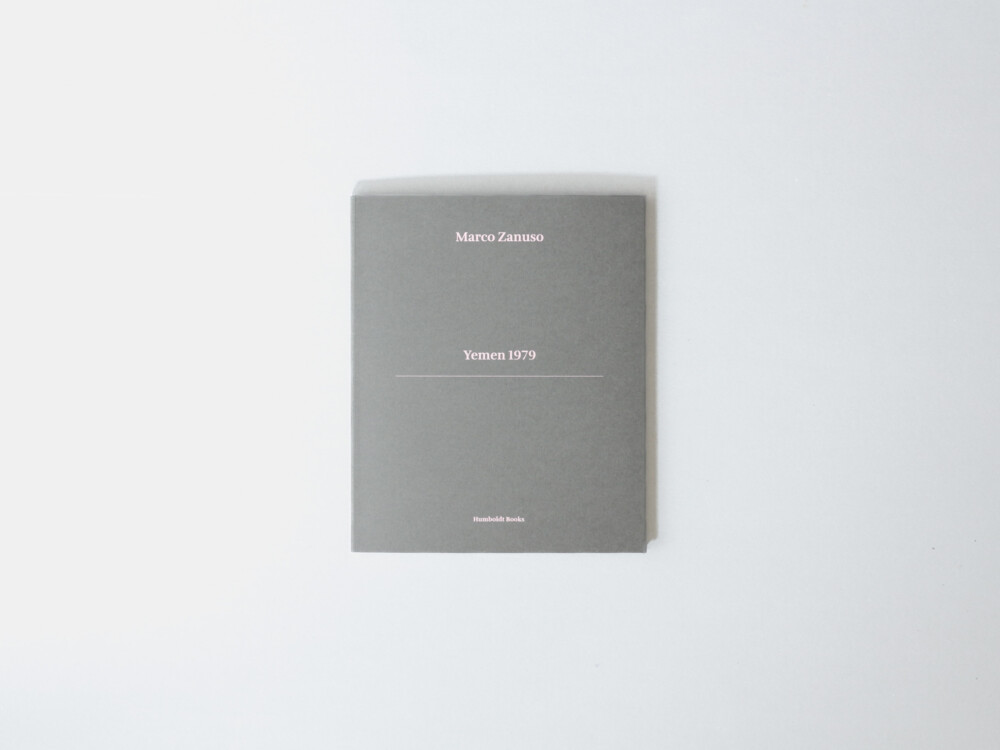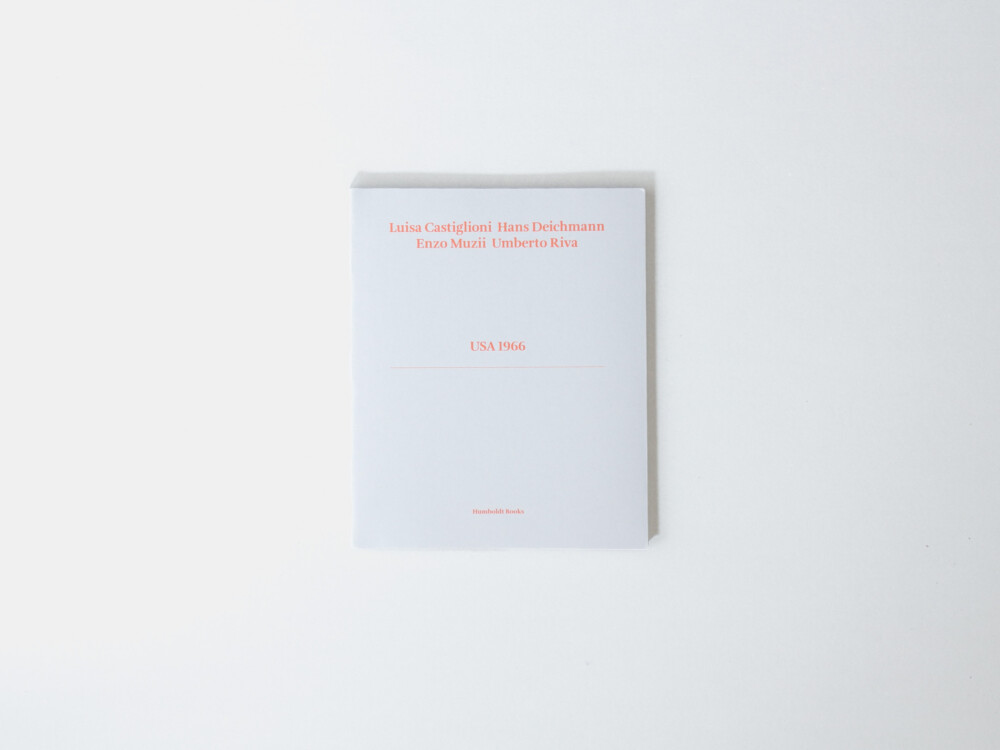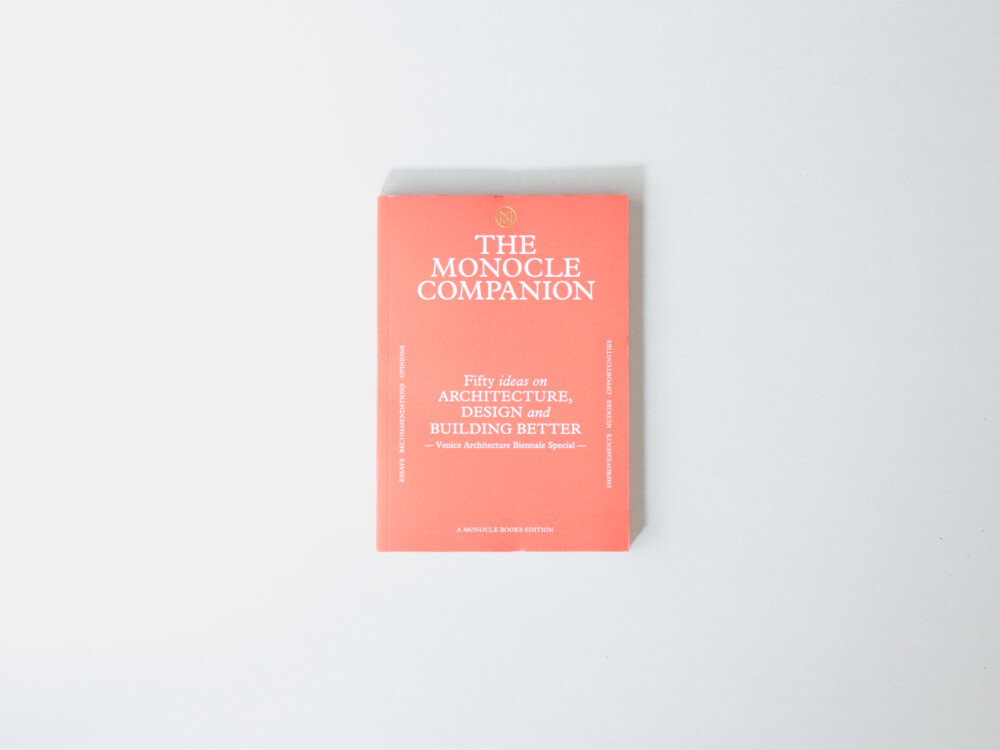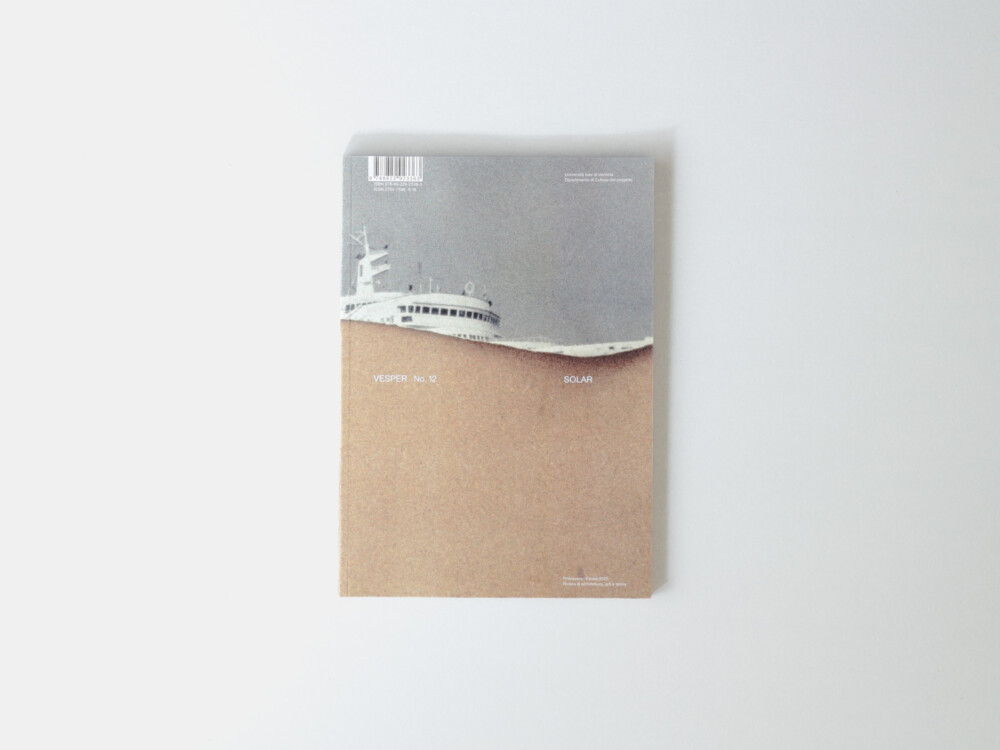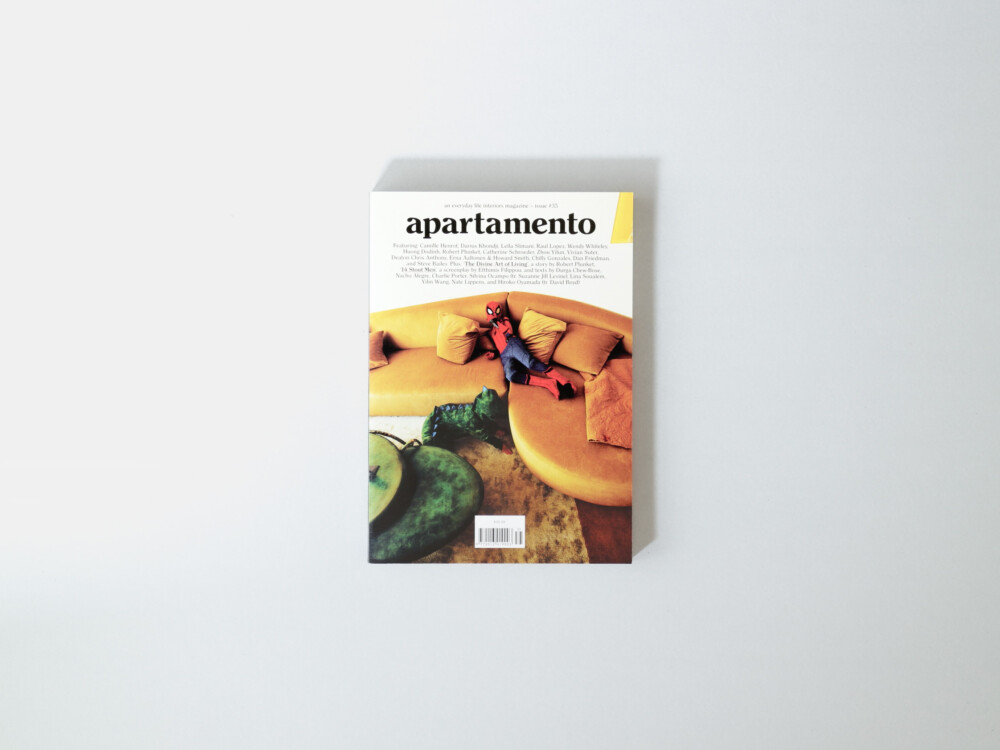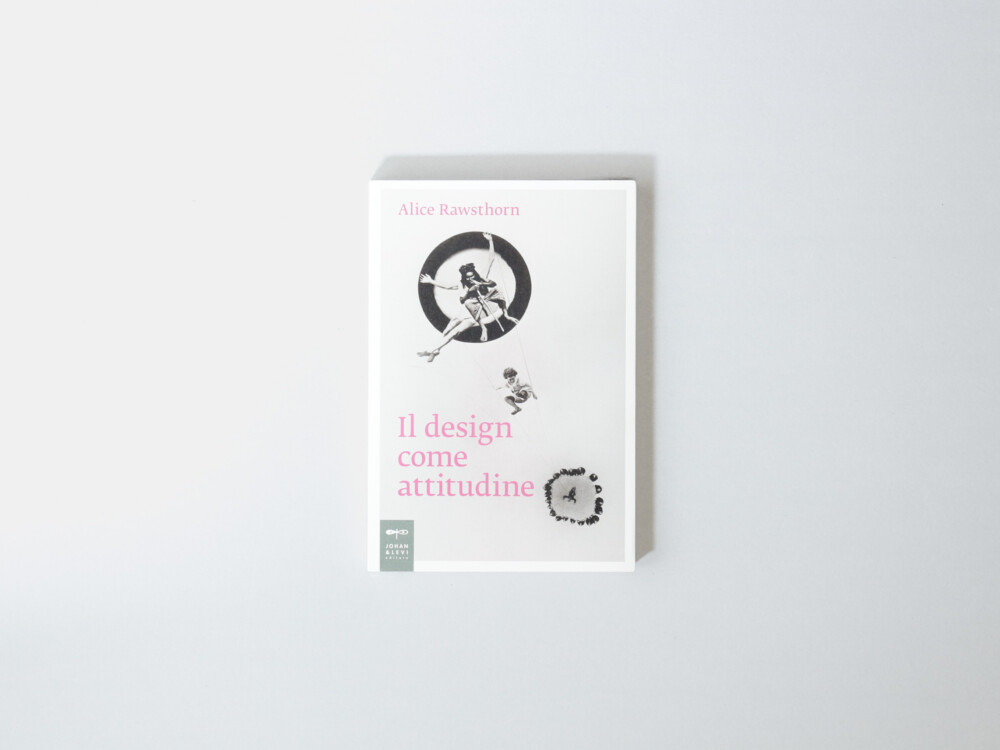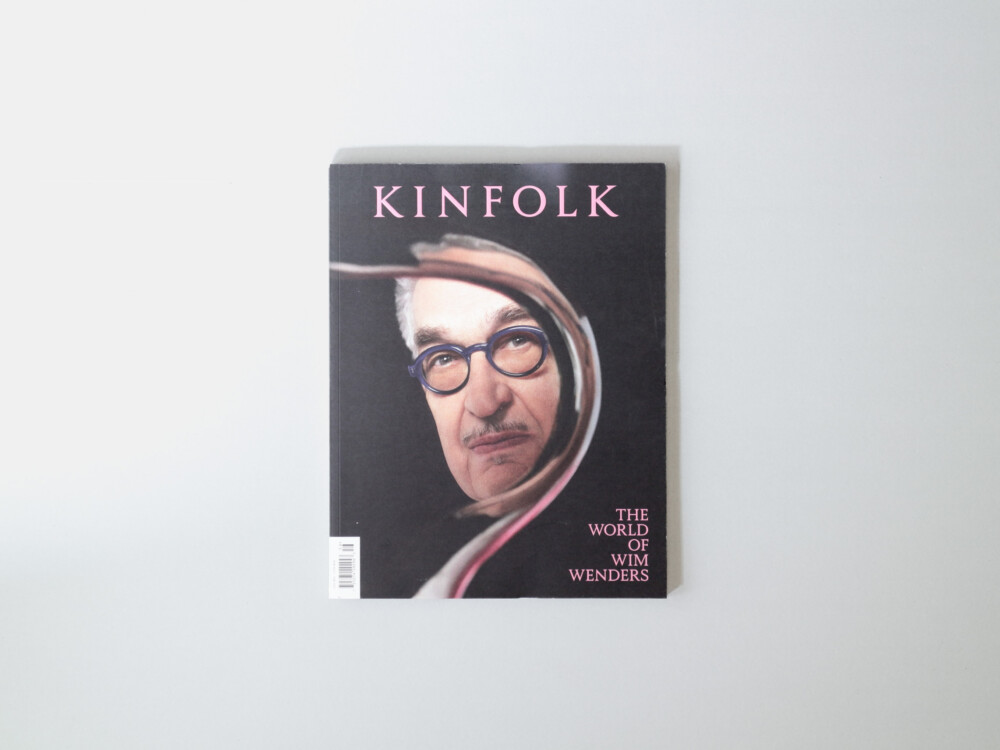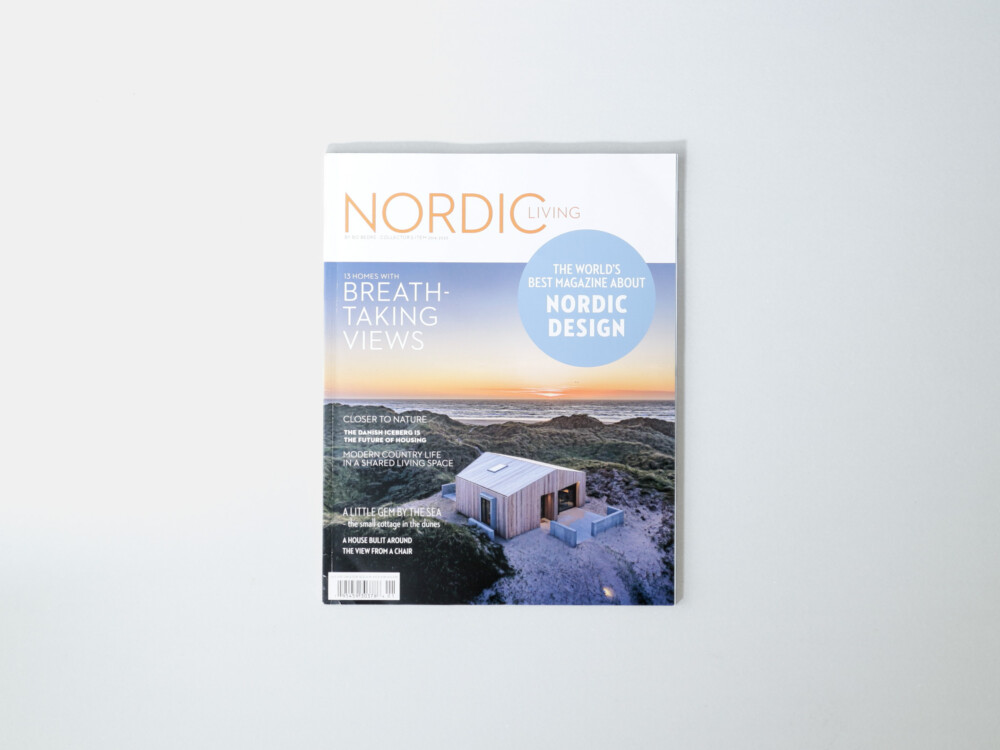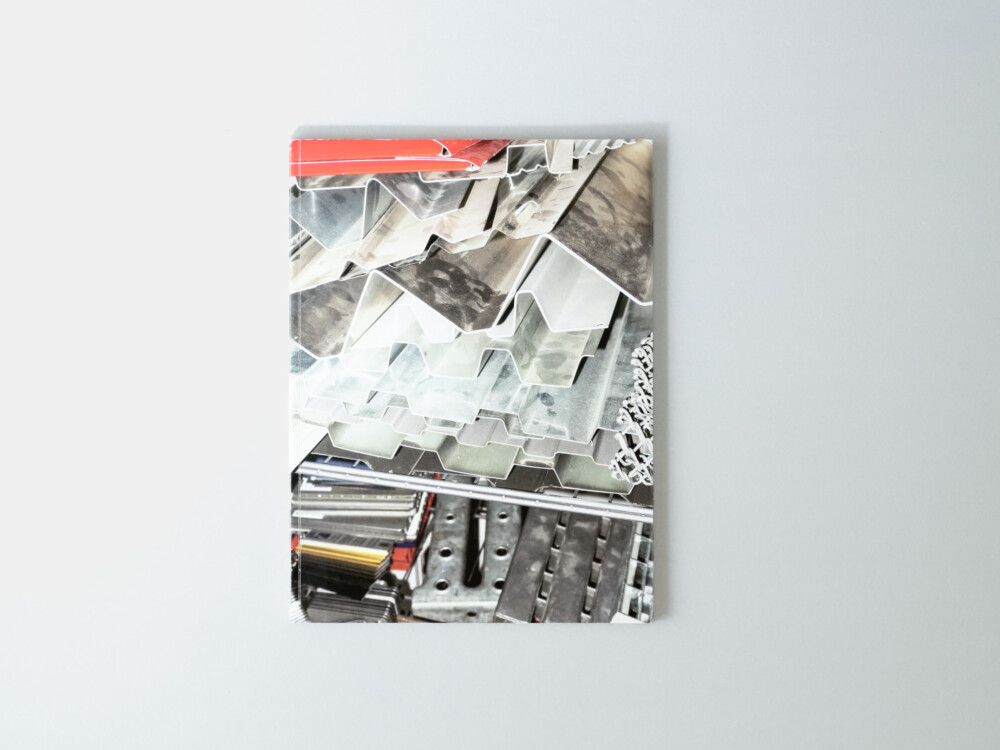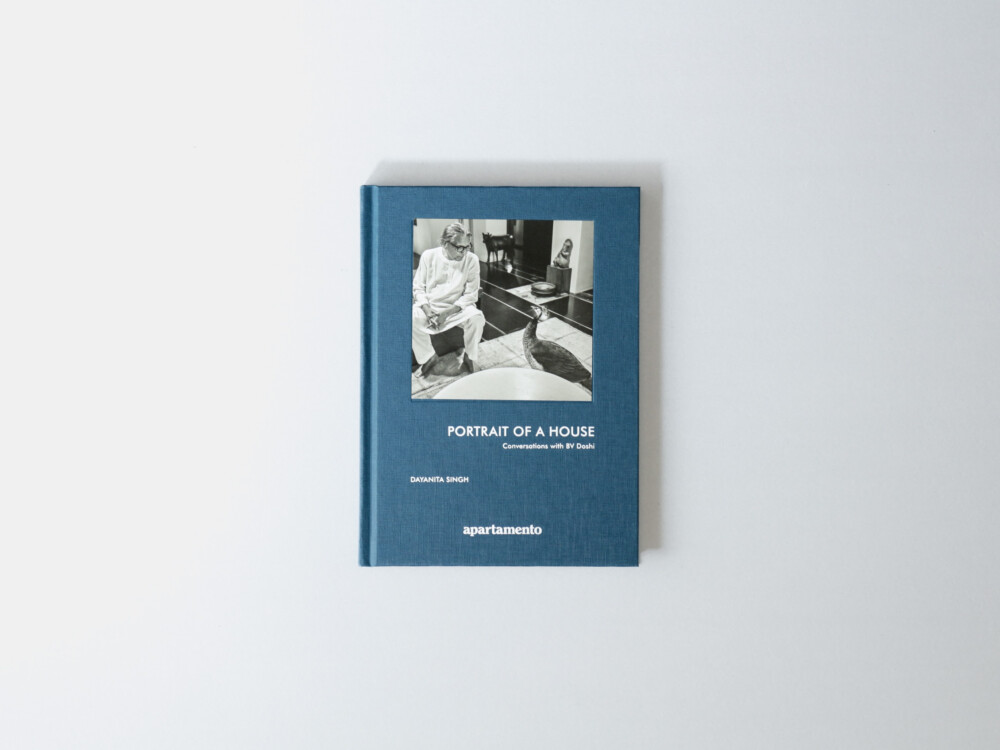Ping – Repository of the future
52,00€
The 56th Zagreb Salon of Architecture and Urbanism, as articulated by selectors Lea Pelivan and Toma Plejić, presents a forward-looking exploration of architecture, showcasing a spectrum of projects ranging from the unrealized and speculative to the tangible and grounded. Described as a “repository of the future”; the Salon navigates through various scales and concepts, from Luciano Laurana’s Ideal City to contemporary visions, embodying the diversity and potential of architectural thought and practice. This edition of the Salon, titled Ping – The Repository of the Future, responds to the aftermath of Zagreb’s earthquake and the global state of uncertainty, positioning architecture as a dialogue for envisioning a better future. It leverages the latent potentials of unrealized projects, bridging the gap between ideation and realization, and inviting over 600 submissions that reflect on the tangible and intangible aspects of architectural and urban planning. The Salon #56’s theme resonates with the broader context of today’s society, which grapples with challenges such as depression, aggression, and a lack of collective ideals. In this light, the exhibition becomes a crucial platform for reimagining future possibilities through the lens of architecture, unbound by the constraints of current realities. Culminating in a comprehensive publication, the Salon extends its dialogue through a book that encapsulates the breadth of designs and ideas showcased. This volume, crafted by Pelivan, Plejić, and designer and coeditor Damir Gamulin, stands as a testament to the intricate relationship between architecture and its multifaceted communicative roles, from function and materiality to its interaction with the individual and the collective psyche. It underscores the enduring relevance of architectural exploration, captured both in the ephemeral nature of an exhibition and the permanence of the printed page. The book Ping – The Future Is Now documents all the selected projects of the salon and all the accompanying activities and projects that followed. It includes 13 texts on the theory and history of architecture, an overview of the contents of the Museum of Architecture in Zagreb and the Atlas of Croatian Architecture, problem interviews, and something like a manifesto of rules for architectural education.





